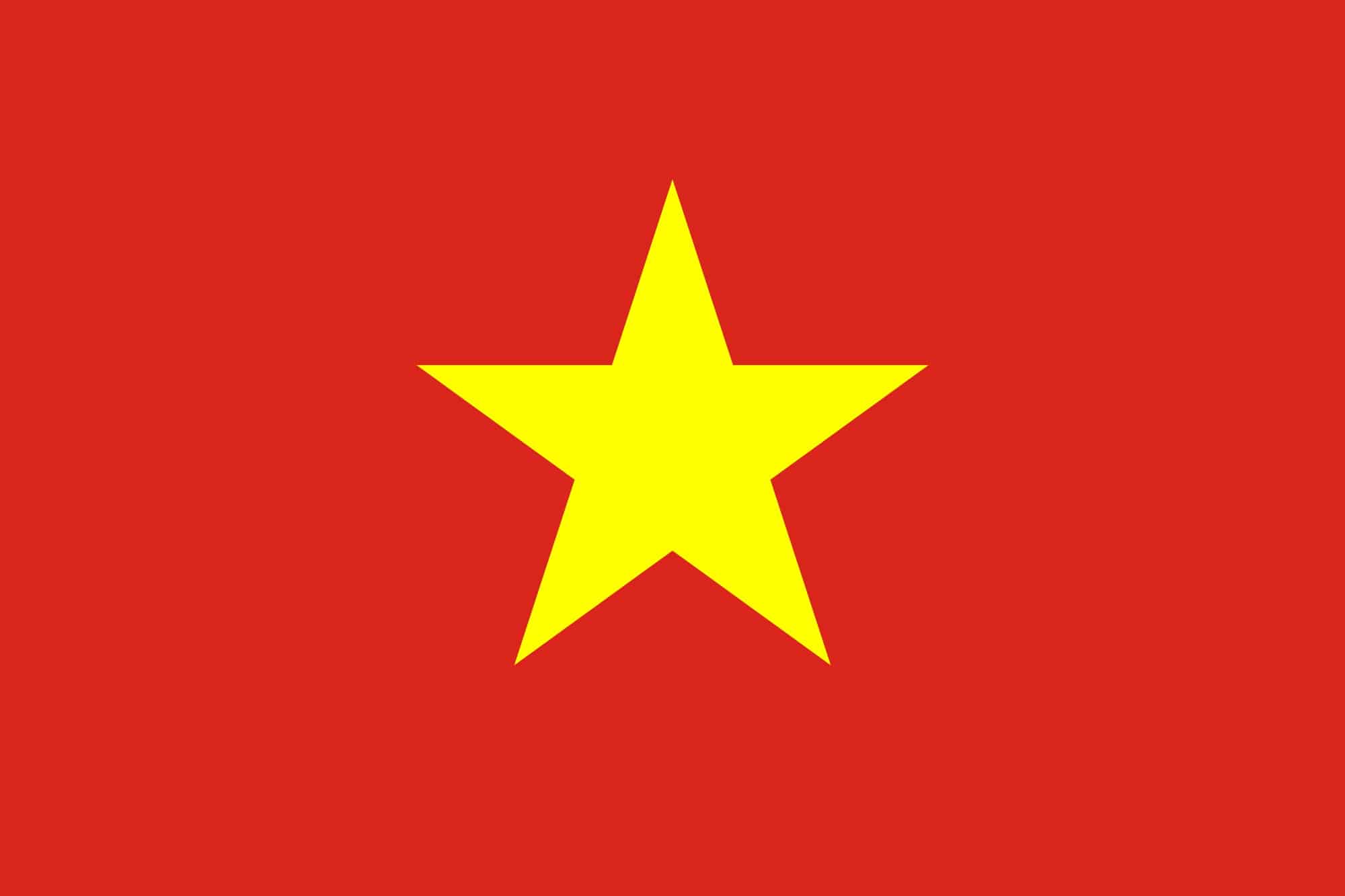Exploring the Bustling City Life of Vietnam
Vietnam is a land of rich cultural heritage, scenic landscapes, and bustling city life. The cities in Vietnam are a delightful mix of tradition and modernity, with buzzing streets, amazing food, and friendly locals. In this article, we are going to take a closer look at Vietnam’s city life, what makes it unique, and why it’s worth exploring.
.jpg)
The cities of Vietnam are known for their vibrant energy and lively atmosphere. One of the most interesting things about Vietnamese cities is that they are steeped in history, and this is reflected in their architecture, food, and culture. The cities have a distinct French colonial influence, which can be seen in the old buildings, wide boulevards, and charming cafes. Popular cities like Hanoi, Ho Chi Minh City, and Hue are home to must-see tourist attractions such as the Ho Chi Minh Mausoleum, One Pillar Pagoda, and the Imperial Citadel.
What sets Vietnam’s city life apart is the delicious food that can be found on every corner. The streets are lined with shops and vendors selling all kinds of Vietnamese dishes like pho, spring rolls, and banh mi. Vietnam is a food lover’s paradise, and trying the local cuisine is a must if you’re exploring the city.
.jpg)
Vietnamese cities are also known for their bustling markets and shopping districts. The markets offer a wide range of goods such as fresh fruits and vegetables, souvenirs, clothing, and jewelry. One of the most popular markets is the Ben Thanh Market in Ho Chi Minh City. It’s an excellent place to browse for cheap souvenirs and try some street food.
Vietnam’s city life is also known for its lively nightlife. In Hanoi and Ho Chi Minh City, there are plenty of bars and clubs to choose from where you can enjoy a night out with friends or dance the night away. It’s the perfect way to soak up the city’s vibrant atmosphere and see how the locals have a good time.







